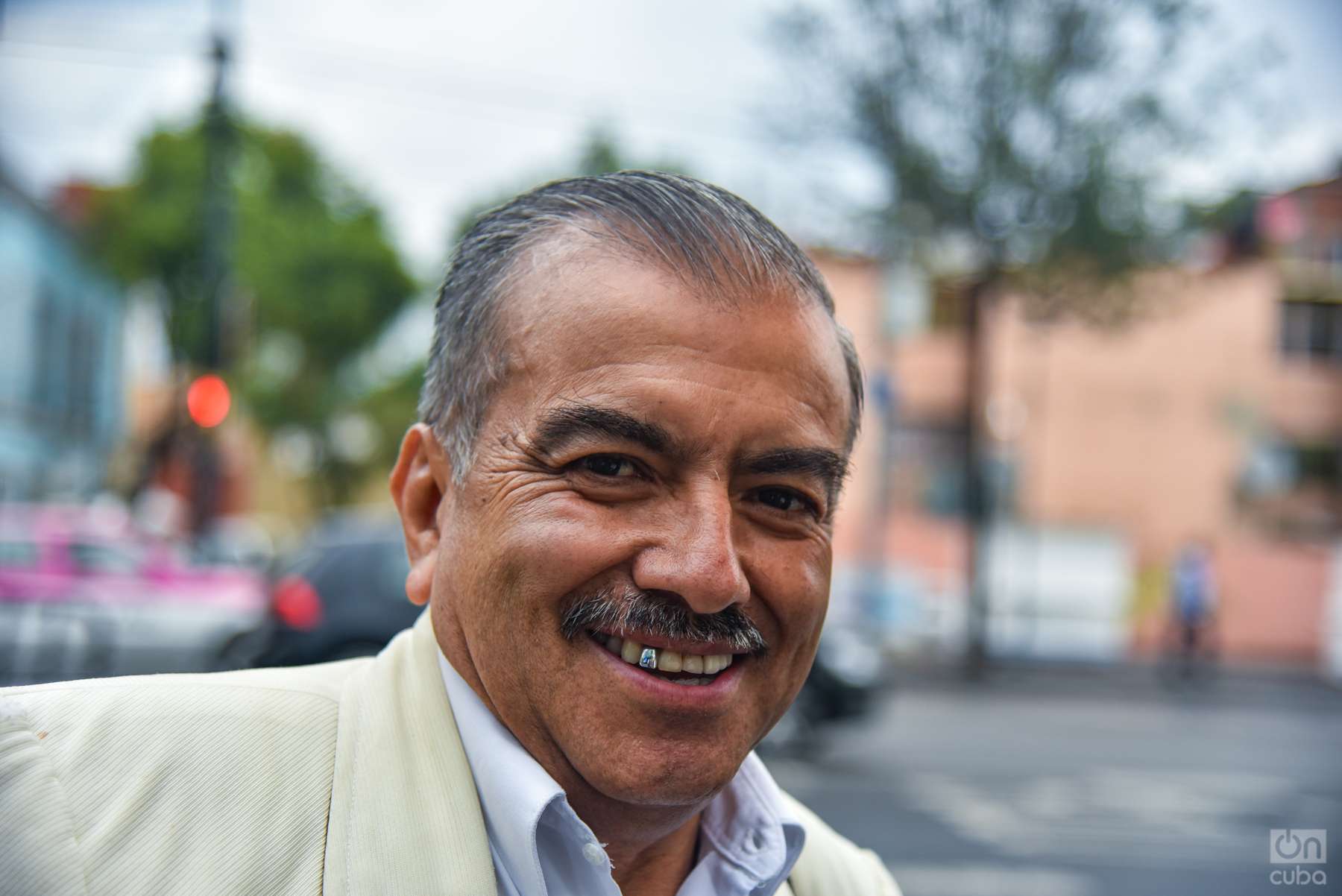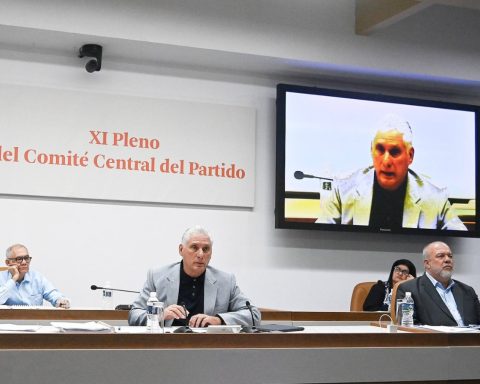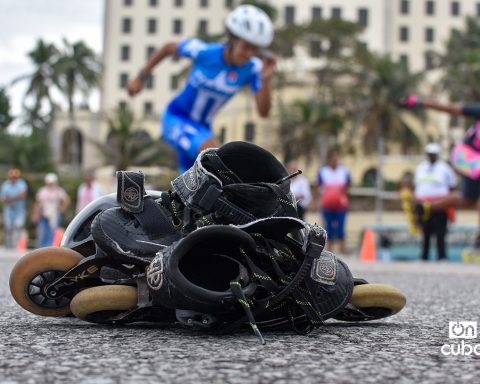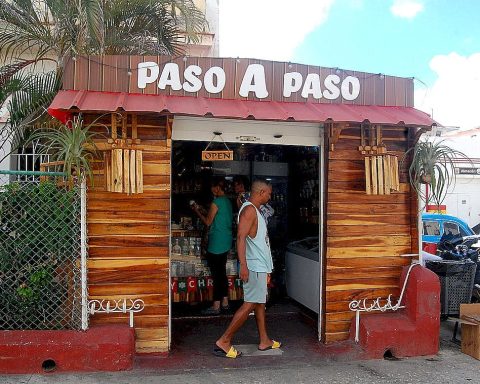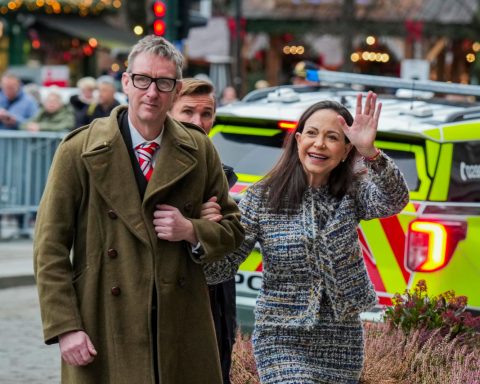“We play at all kinds of social events, birthdays, serenades, weddings, quinceaneras, Mother’s Day, bachelorette parties, New Year’s Eve dinners, and more. Our repertoire is inexhaustible. If you want to have the best mariachi, look for us every afternoon at Plaza Garibaldi”.
This is how a young man proclaimed on one of the corners of Paseo de la Reforma, the most emblematic avenue in Mexico City.
The Plaza Garibaldi was not of particular interest in my tour of the Aztec capital. It was supposed to be a place set up for tourism, similar to La Bodeguita del Medio in Cuba, with a musical trio singing “Chan Chan” or “El cuarto de Tula” as in an eternal ritornello, while the glasses of mojitos come out in series.
But I was close to the place and I had free time, so I headed out in search of a mariachi at Garibaldi.
A few blocks before arriving, along the wide Lázaro Cárdenas street, a bohemian atmosphere could already be noticed. The square is located in the neighborhood of La Lagunilla. The streets are a hive of people and traffic. There is food of all kinds on the sidewalk and shops wide open with mariachi and northern clothes, with the typical Texan hat.
Garibaldi Square does not have great architectural appeal. What is transcendental are the stories that it treasures and what, over time, the place has become.
It had various names in the past. Plazuela Jardín, El Baratillo and even Santa Cecilia, as the patron saint of musicians. In 1921, with the celebrations of the centenary of the independence of Mexico, it was renamed with the name it retains to this day in homage to “Peppino” Garibaldi, the grandson of the famous Giuseppe Garibaldi who fought in the Mexican Revolution.
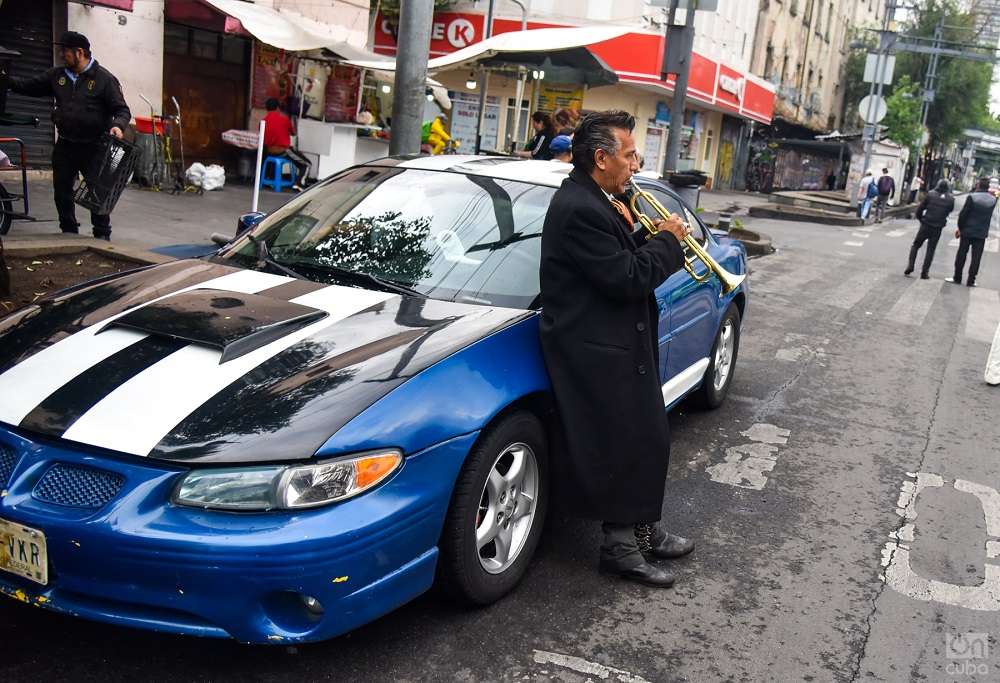
Around 1923 the place was the headquarters of small businesses dedicated to gastronomy and a very populous market. Among the establishments, the Tenampa (which exists to this day) stood out, among other things because it was the first stage in the square in which mariachis performed. Chavela Vargas was a regular at the place.
Since then it is said that in Plaza Garibaldi there is never a lack of mezcal, tequila or live music; a place that never sleeps
With this heritage, the square inaugurated “El paseo de las luminarias”, where statues dedicated to artists such as Juan Gabriel, Lola Beltrán, Pedro Infante, Jorge Negrete, José Alfredo Jiménez and Javier Solís stand, among other emblems of Mexican song.
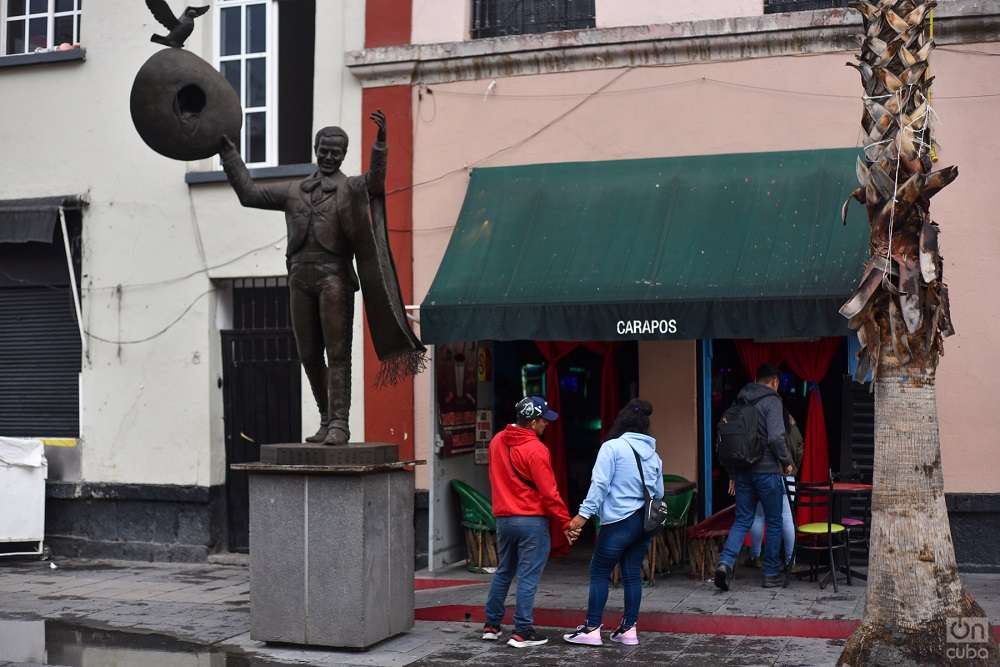
You can also visit a mariachi school where a proud poster announces that in 2011 Unesco declared the Mariachi Intangible Cultural Heritage of Humanity.
Another place very frequented by tourists is the Tequila and Mezcal Museum, where there is an open-door bar overlooking Plaza Garibaldi.
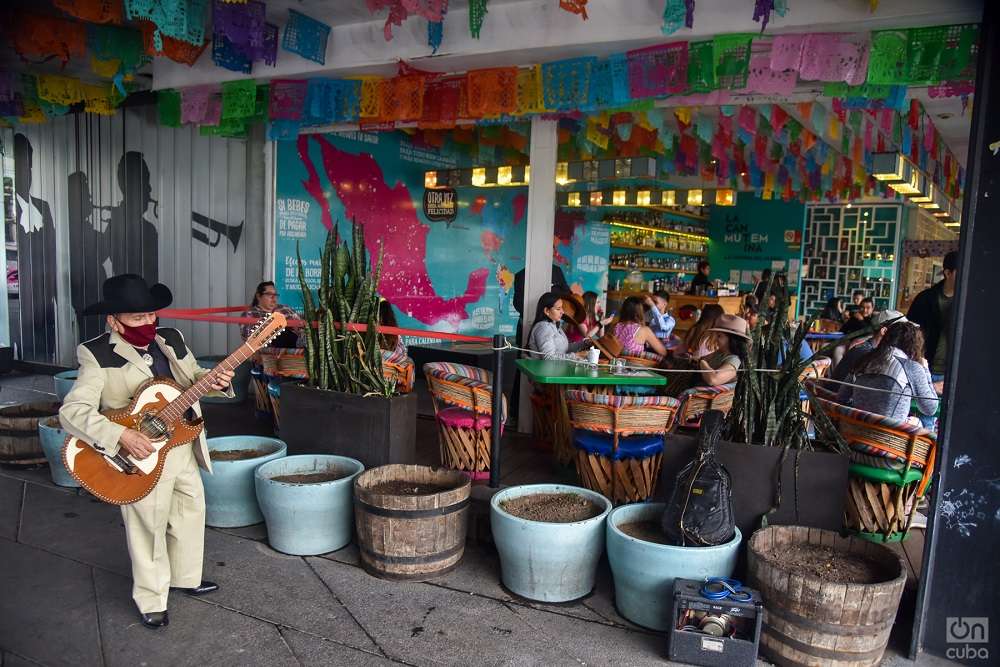
And there are the mariachis, in groups of three, four and even six, waiting for those who request their songs or a serenade. They are impeccably dressed in typical attire: a white shirt, a jacket embroidered with gold threads and protruding buttons, a handkerchief tied around their necks, tight-fitting pants decorated on the sides, a wide belt with a remarkable worked buckle; some wear patent leather ankle boots and others, leather.
The attire was worn by some in combinations with the predominant color black. Others, with white.
To crown the scene, they only lacked the symbol par excellence: the wide-brimmed hat, in the charro style, that popular icon of Mexican culture.
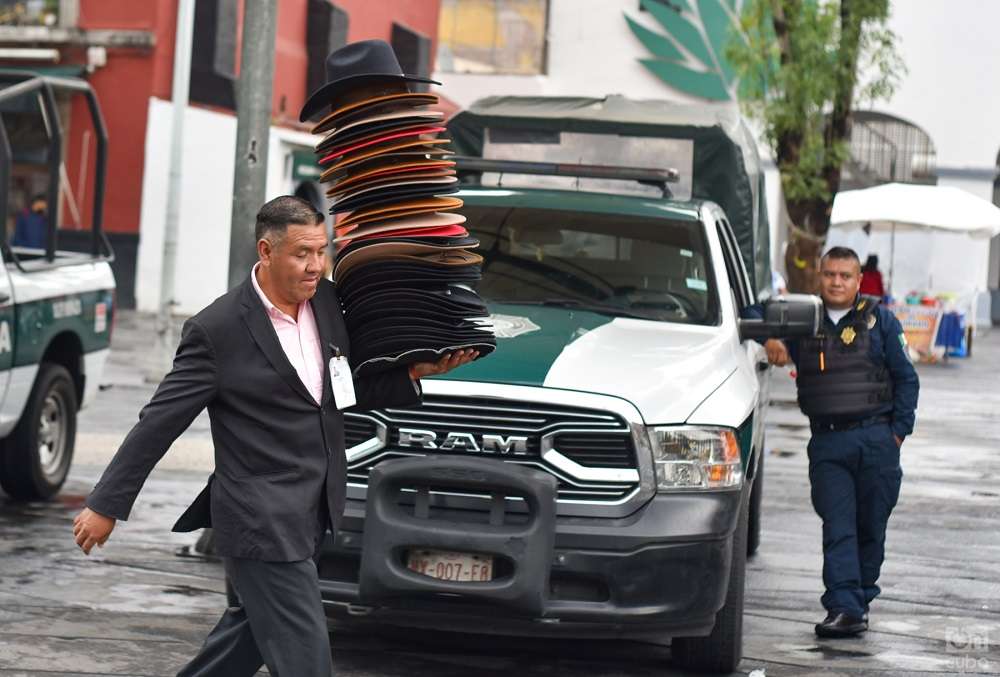
Those that I came across, however, did not wear the identity dress. They told me that they have it on hand, that they usually use it when they are hired for a party or asked to take photos; but that in the day to day in the square, when they go from one place to another singing, they do not use it. “It’s a bit uncomfortable,” they confessed.
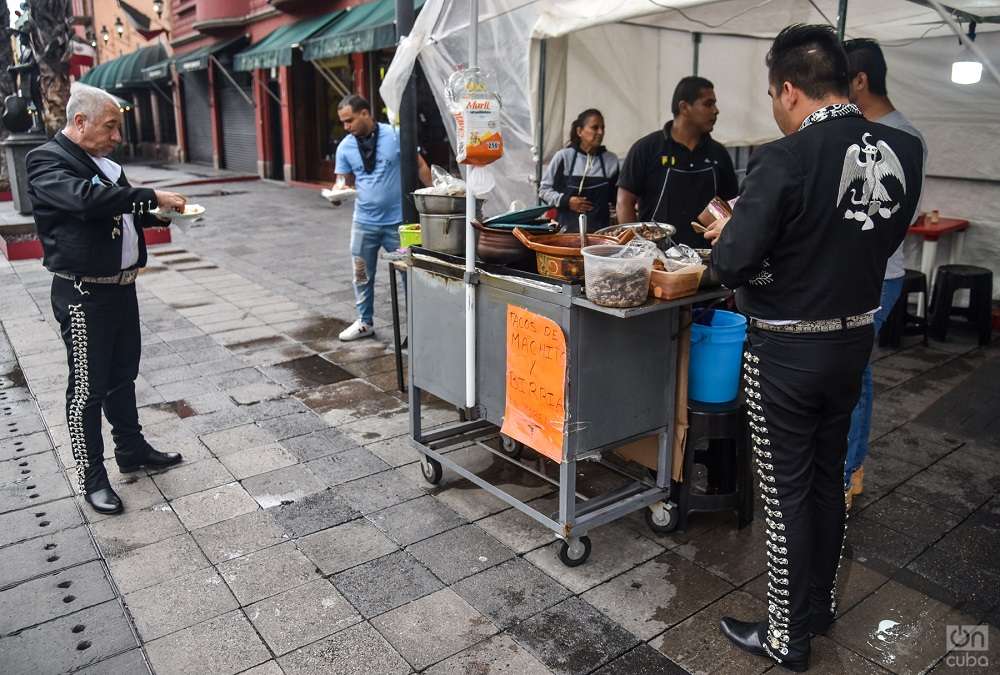
Mariachi clothing comes from that of Mexican landowners and ranchers, the so-called charros, a century ago. A graffiti on the wall reads: “Dressing as a charro is dressing from Mexico”; is a phrase by the Spanish poet Manuel Benítez Carrasco.
The clothing became popular with the stories of charros represented in the cinema from the 20s of the last century. In the 1930s and 1940s they were all the rage. The leading man par excellence, singer and leading man in those films was Jorge Negrete, known as “el Charro Cantor”.
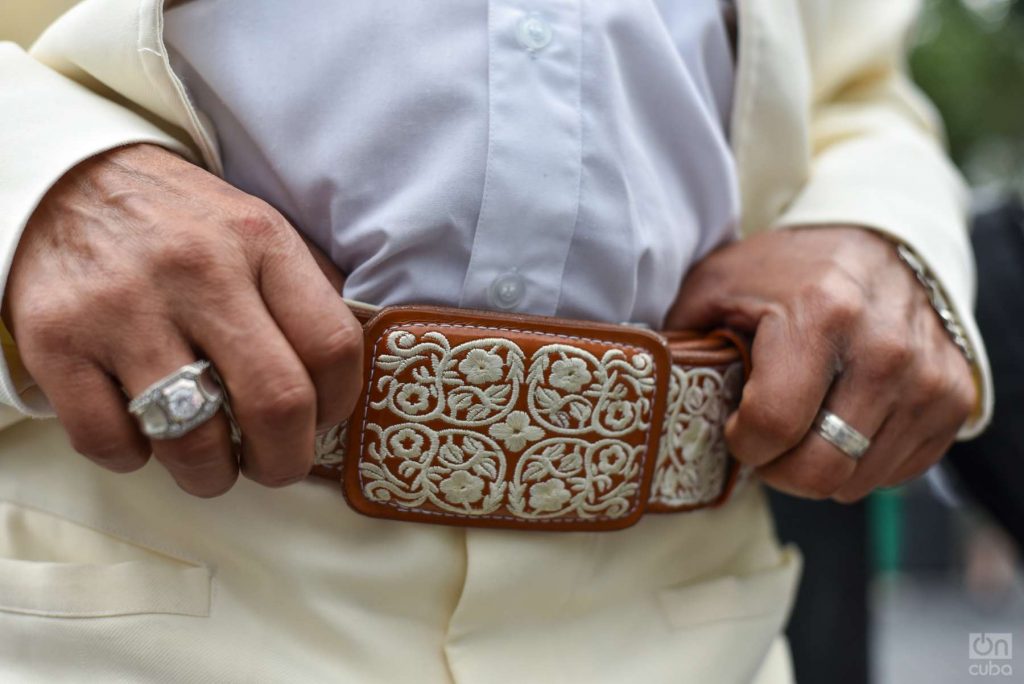
Negrete was the one who popularized an inevitable classic in any self-respecting mariachi. It’s about Ay Jalisco don’t give up. She says a couple of verses:
“(…)
And I like to listen to the mariachis
Sing your beautiful songs with your soul
Hear how those guitarrones sound
And have a tequila with the valentones.
Oh, Jalisco, don’t give up!
It comes out of my soul to scream with heat
Open your whole chest to make this cry
How beautiful Jalisco is, word of honor!
With lyrics by the composer Ernesto Cortázar Hernández and music by Manuel Esperón González, the theme is part of a ranchera comedy of the same name, released in 1941 and starring Negrete. In the famous film, the heartthrob, accompanied by a great mariachi, performs the song that would go around the world.
Many mariachis from Plaza Garibaldi wear the thin mustache and gelled hairdo that Negrete used to wear in his movies.

The mariachi genre dates back to the late 17th century. In this way the accumulated repertoire is very vast. In Plaza Garibaldi for about 120 Mexican pesos it is possible to enjoy some classic ranchera. In addition, they offer waltzes, serenades, corridos and even boleros.
People arrive without warning in groups of friends or family and the party is formed right there. If the reason is to celebrate a birthday, the mariachis sing “Las Mañanitas” for you. If a couple appears, play the song “Cielito lindo”. And, to dismiss the evening goes “The King”: “I know well that I’m outside / but the day I die / I know you’ll have to cry.” And the classic chorus of crying and crying, crying and crying.
There are versions according to the budget. It can be solo on guitar or, for pesos more, a whole ensemble with violins, guitarrones and even trumpet.
But in Plaza Garibaldi there are not only mariachis. You could say that the place is a mexican folklore factory. You can enjoy norteño groups, romantic trios in the Los Panchos style, and even music groups from Veracruz.
They are also dressed in their typical attire. Plaid shirts, leather hat and jean boots. They use other instruments; the jarocho harp, the jarocho requinto and the accordion.

They remind me of a radio program that the radio station Radio Angulo de Holguín broadcast in my adolescence, dedicated to ranchera music. It was all the rage, at least in rural areas.
Plaza Garibaldi turned out to be a revelation on my trip. Oh, beautiful and dear Mexico! Luckily that afternoon I turned my way.

